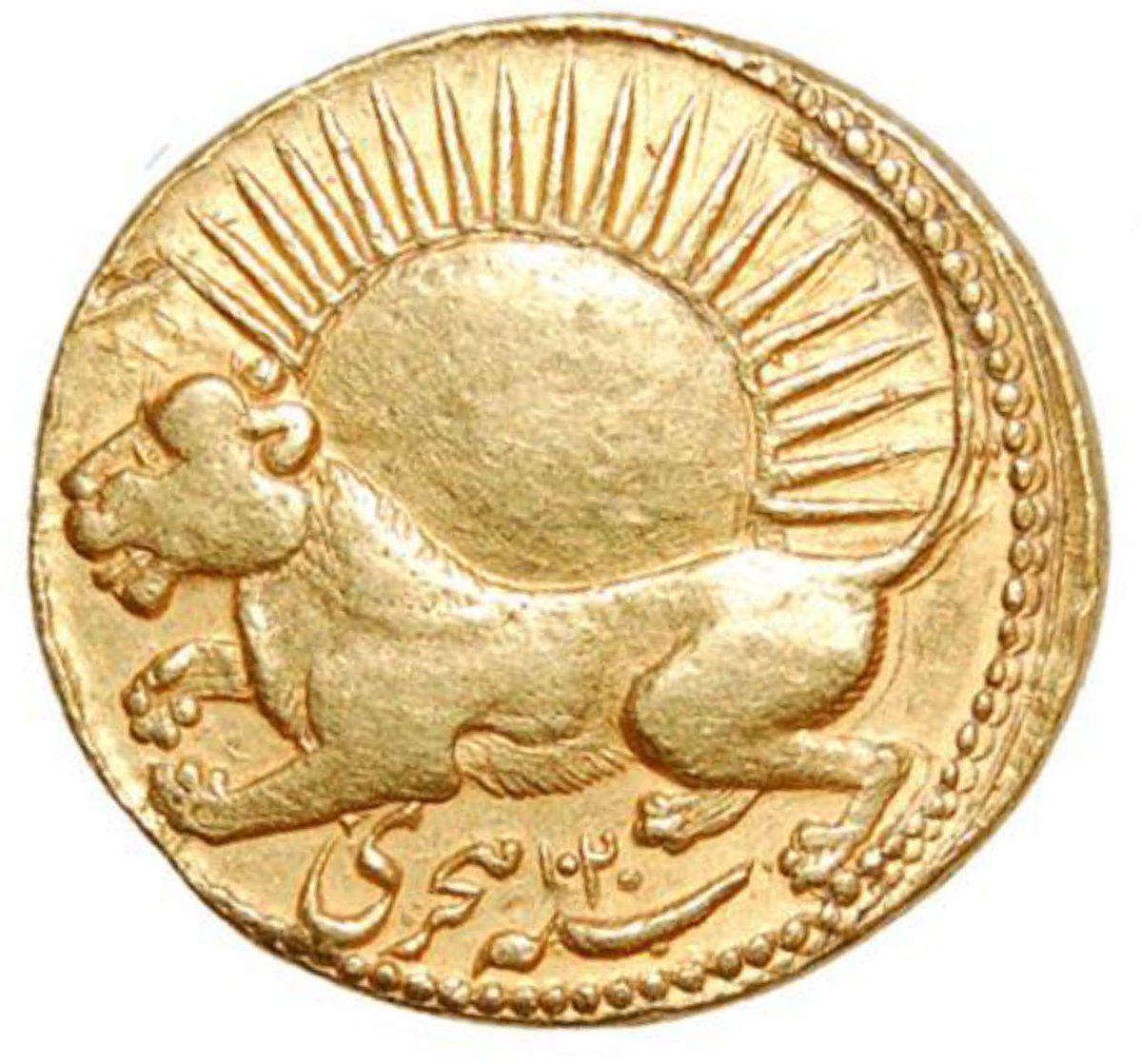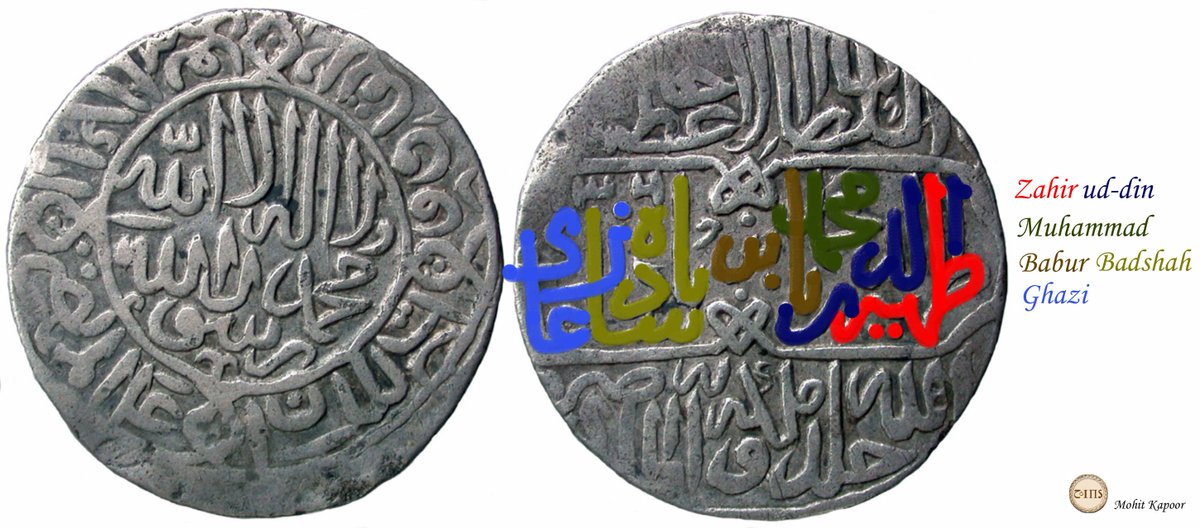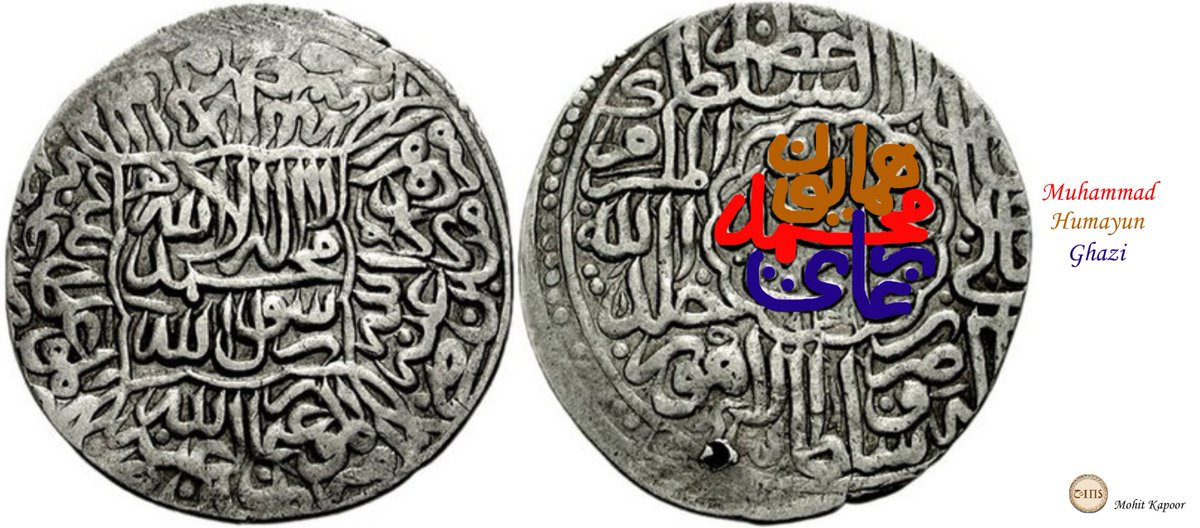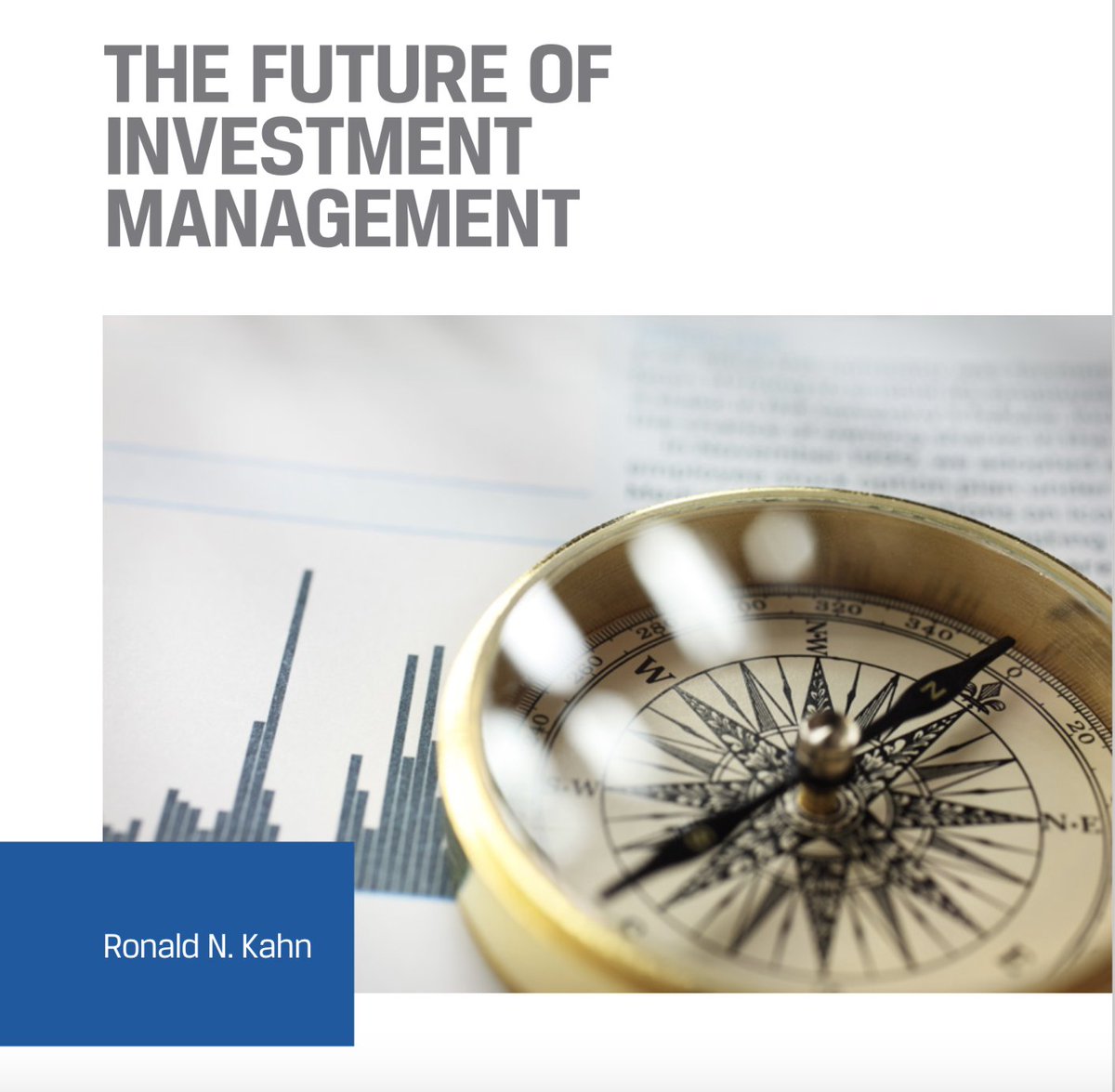This little piece of history may do some good to them, who on social media are circulating images of fake coins, apparently issued by East India Company, with images of Hindu & Jain gods.
1. East India Company estb their 1st factory in India in 1611
1/n
2. Since they first landed, they had felt
2/n
3/n
3. So, when they acquired land on lease from Raja of Chandragiri
4/n
4. It may be kept in mind that it was no use for the Co. to mint coins
5/n
5. So they had no choice but to convert their bullion, in their own mints, into coins that had same
6/n
6. It was under this arrangement that East India Company first
7/n
7. Since coins of Indian kings bore images of Hindu gods, the coins issued by East India Co.
8/n
9/n
10/n
9. It was only 105 years later (in 1717) that company could obtain permission from the then mughal emperor, Farrukhsiyar, to mint Mughal coins in its own mints, using its own bullion. Until then,
11/n
10. In the meantime, in 1661, the Portugese princess, Catherine, got married to the English king, Charles II, & brought
12/n
11. These islands were of great strategic
13/n
12. In the charter of 1677 granted to EIC by the king of England, Charles II, it was also granted authority to
14/n
13. These coins had the company's
15/n
14. These coins, however, did not find any acceptance among Indian
16/n
15. Forty years after this experiment, and ten years after the death of Aurangzeb, the company managed
17/n
Thereafter, it started minting Mughal coins in its own mints at Bombay & elsewhere. Clearly, these coins also never carried any image
18/n
16. In Bengal, the company's first
19/n
20/n
17. Even though Mughal emperor, Farrukhsiyar, granted permission to the company in 1717 to mint Mughal coins in company's mints, this permission could not be used in Bengal
21/n
18. It was only in January 1757,
22/n
23/n
24/n
20. By 1835, a large part of India had come under control of East India Company ruled by it directly or indirectly, & it's authority had come to be generally accepted. However,
25/n
26/n
27/n
28/n
24. In 1877, Queen Victoria took upon herself the title of "Empress of India"
29/n
25. Thus, no coin was ever issued by the British, under their name, with images of any Hindu or Jain
30/n
Coins carrying images of Hindu/Jain gods and name of East India Co. are fake.
n/n

















